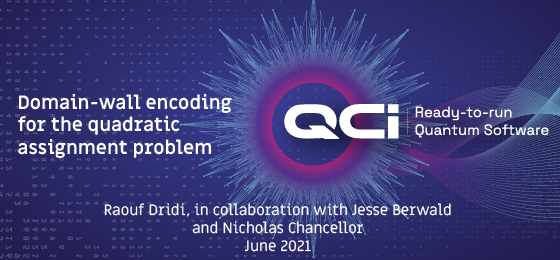We all know that quantum computers, both quantum annealing and gate model, are extremely limited in the problems they can solve today. That’s because they can’t hold the number of variables that complex problems require.
As we explained in this article, each qubit within a quantum computer can only contain one data variable. So, for example, a 56 qubit machine can address 56 variables.
As part of our commitment to making quantum computing more readily available for enterprises to reap value from its power, we are working on a number of innovation initiatives to accelerate the application of quantum computers within businesses.
Innovation for Quantum Annealing
As you may know, due to the architecture and encoding of data within quantum annealing computers, for real-world problems you usually can’t embed as many variables as you’d think would ideally fit, and sometimes the number is much less.
The number varies widely depending on the topology of the qubits in the QPU and details of the problem being solved.
For example, say you’re only able to ingest ~150 variables in a given annealing QPU. That limits the size of problem you can solve today, reducing the QPU’s ability to benefit real-world problem solving.
We recently presented a poster at AQC 2021 discussing an innovation for quantum annealing we are exploring here at QCi.
Domain-wall encoding is designed to relax this barrier, empowering more variables for real-world problems to be ingested within a quantum annealer.
For common real-world examples, we expect domain-wall encoding to expand the variable count by more than 3X.
Here’s a link to the poster for your innovation reading.
Domain-wall encoding versus one-hot encoding in quantum annealing.
Presented at:



